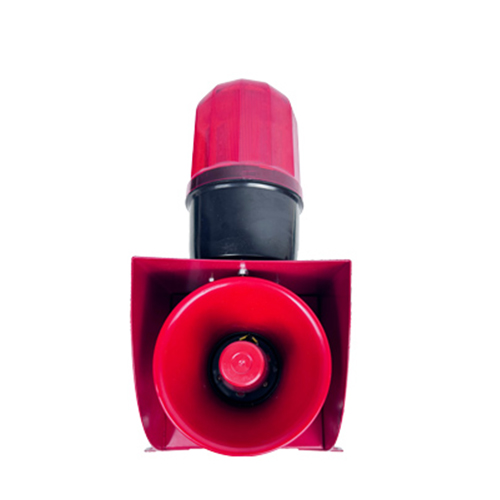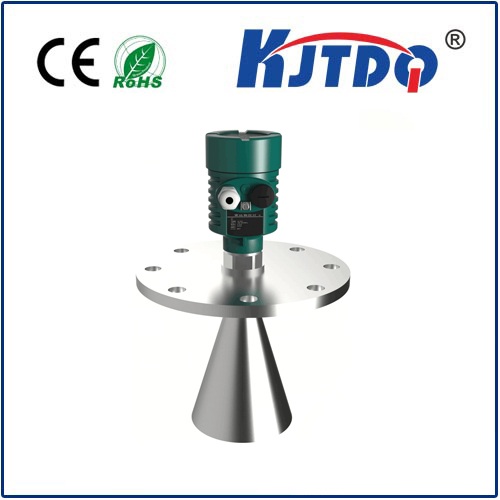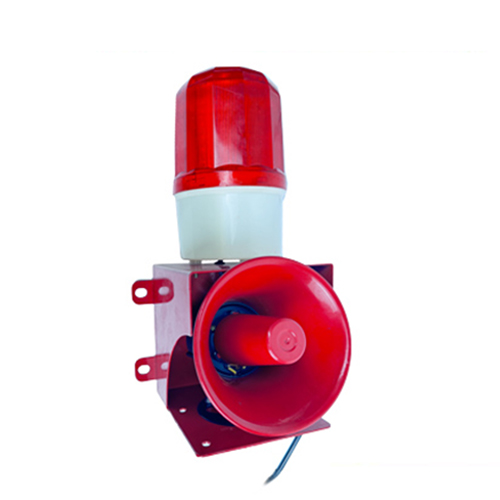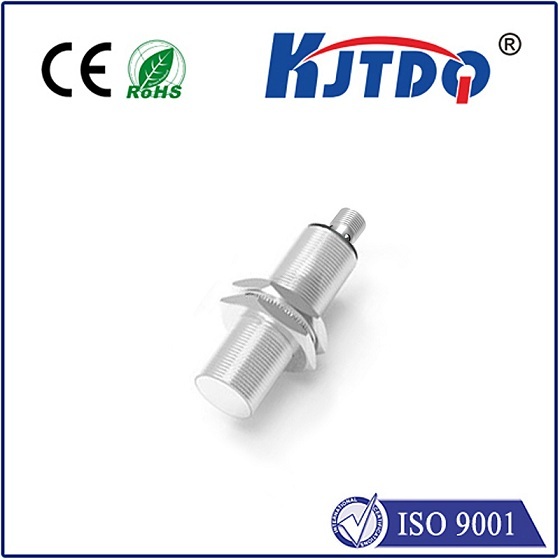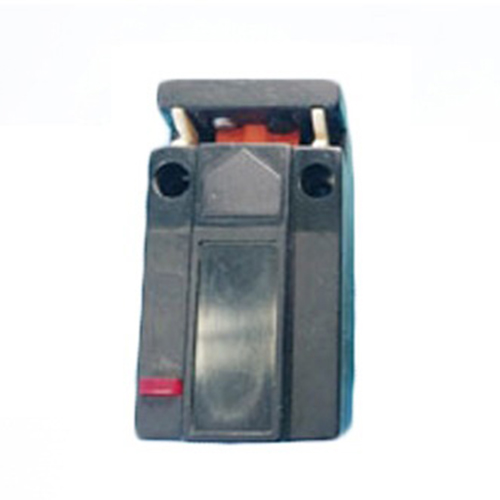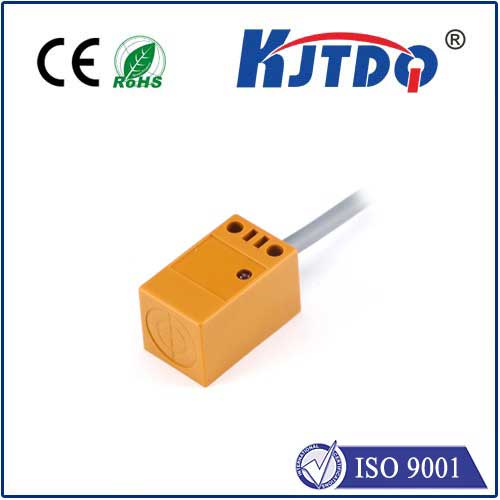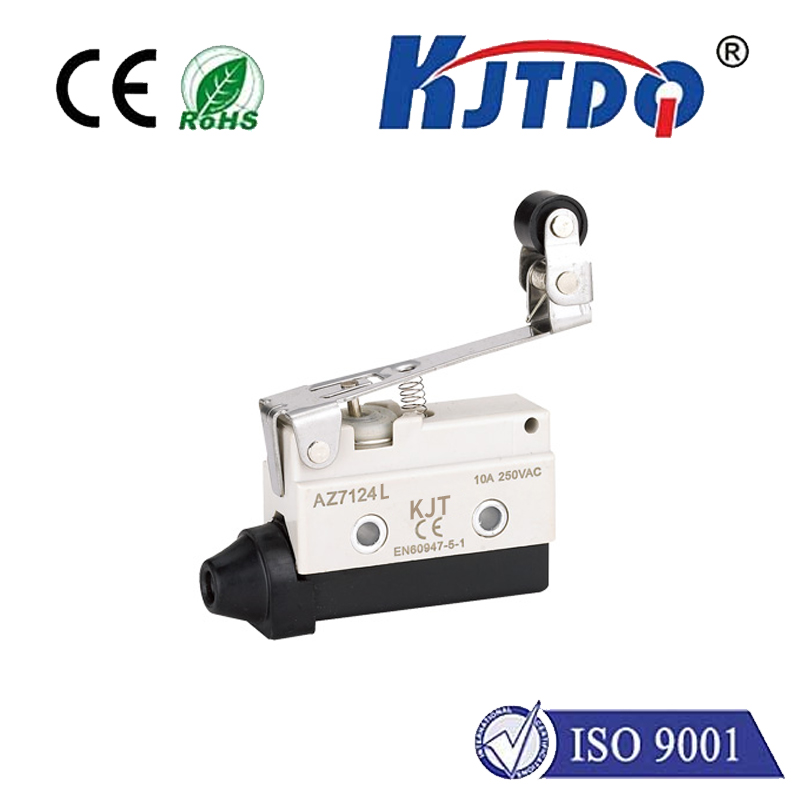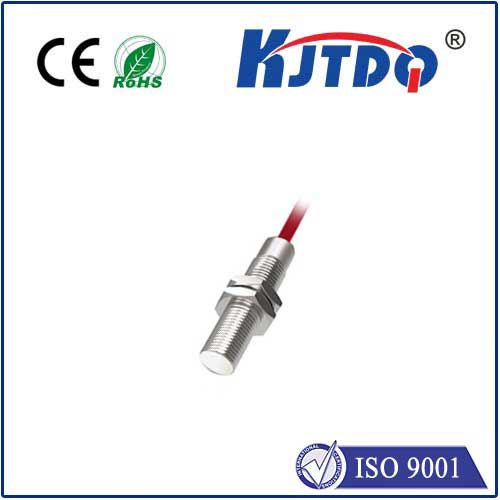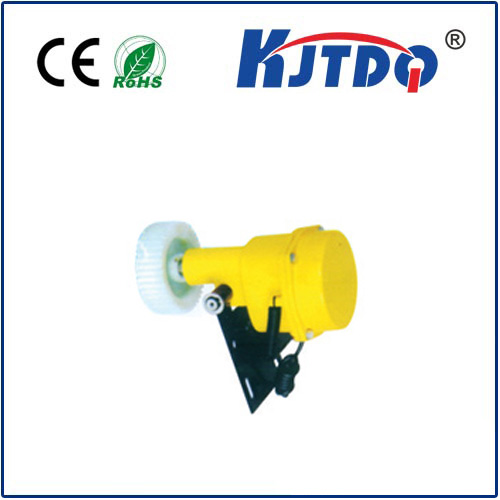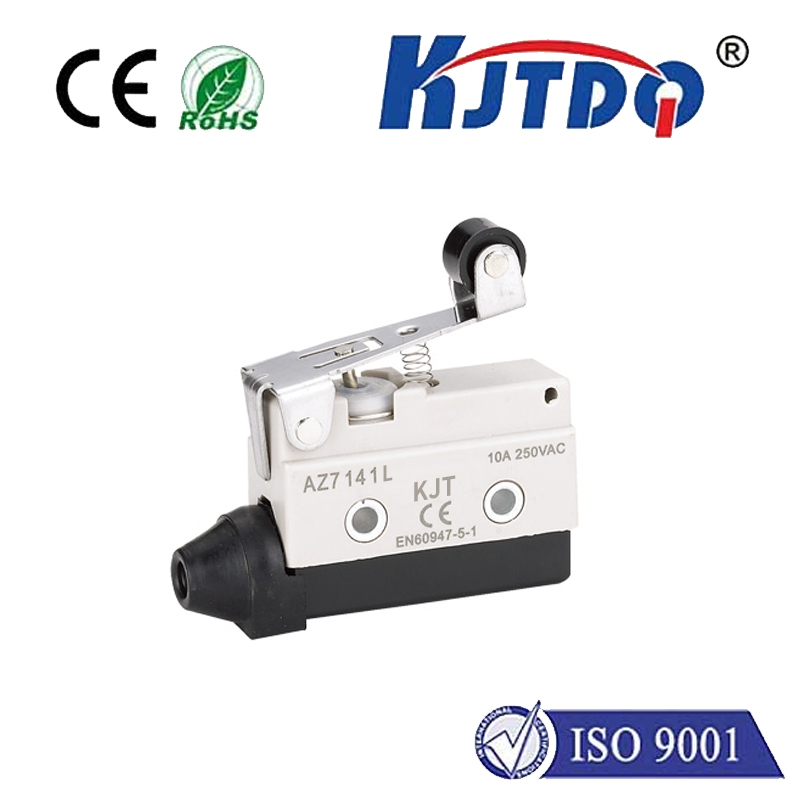24В микропереключатель
- time:2025-07-31 03:57:06
- Нажмите:0
The Mighty Mite: Why 24V Micro Switches Dominate Precision Control
Imagine a critical manufacturing line halting instantly when a safety guard is lifted, or a sophisticated medical device responding flawlessly to a surgeon’s subtle command. Behind countless such precise, reliable actions, often lies an unassuming hero: the 24В микропереключатель. These compact workhorses are fundamental components in modern electronics, providing reliable sensing and control at a voltage perfectly suited for a vast array of industrial and commercial applications. Understanding their design, advantages, and ideal uses reveals why they remain indispensable.
What Exactly is a 24V Micro Switch?
At its core, a micro switch is a specific type of snap-action switch. Unlike slower toggle or push-button switches, its defining feature is a spring-loaded lever or button that triggers an extremely rapid, “snap-action” transition of electrical contacts. This happens at a specific, repeatable point in the actuator’s travel, regardless of the speed at which the actuator is moved. This provides positive, crisp switching action and minimizes arcing, significantly enhancing safety and longevity. The “24V” designates the nominal voltage rating at which it’s designed to operate optimally, typically referring to 24V DC (Direct Current) systems, though many are also rated for 24V AC (Alternating Current).
Why 24V? The Sweet Spot in Industrial Voltage

The prevalence of 24V micro switches isn’t arbitrary. This voltage represents a crucial middle ground:
- Enhanced Safety (Lower Voltage Advantage): Compared to standard mains voltages (120V/240V AC), 24V is considered Extra-Low Voltage (ELV) in many safety standards (like IEC 61140). This significantly reduces the risk of severe electric shock, making it much safer for operators during installation, maintenance, and in fault conditions. It’s a key factor in safety-critical applications like emergency stops, guard interlocks, and machinery controls.
- Reduced Energy Loss & Smaller Components: Higher currents (needed to deliver the same power at lower voltages) lead to more significant resistive power losses (I²R losses) in wires. 24V DC systems offer a practical balance, keeping currents manageable enough to use smaller gauge wiring and components compared to lower voltage (e.g., 5V or 12V) systems handling similar power levels. This translates to cost savings and easier system design.
- Compatibility with PLCs and Industrial Controls: Programmable Logic Controllers (PLCs) and most industrial sensors and actuators commonly use 24V DC as the standard control voltage. A 24В микропереключатель integrates seamlessly into these systems, acting as inputs for limit sensing, position detection, or user input.
- Immunity to Electrical Noise: While not immune, 24V DC systems are generally more robust against common electrical noise found in industrial environments than lower voltage logic-level signals (e.g., 5V TTL). The higher signal voltage provides a better signal-to-noise ratio.
Where Do 24V Micro Switches Excel? Diverse Applications
The combination of robust construction, precise snap-action, and safe operating voltage makes the 24В микропереключатель incredibly versatile:
- Промышленная автоматизация: The undisputed king of applications. Used extensively as limit switches on conveyors, CNC machines, robotic arms, and actuators to detect end-of-travel or specific positions. Integral to safety interlock switches on machine guards and access doors. Employed in control panels for push buttons and selector switches.
- Перевозка материалов: Found in forklifts, pallet jacks, and automated guided vehicles (AGVs) for position sensing, lift height limits, and safety cut-offs.
- Automotive & Transportation: Used in vehicle doors, hoods, trunks for light control, seatbelt sensors, brake pedal position, and diagnostic connectors.
- HVAC & Appliances: Detect door positions in ovens, washing machines, and dryers. Monitor damper positions and filter status in HVAC systems.
- Medical Equipment: Found in patient lifts, hospital beds, diagnostic machinery, and lab equipment for precise position feedback and safety monitoring.
- Vending Machines & Kiosks: Detect coin acceptance mechanisms, product dispensing gates, and door access.
- Telecom & Power Equipment: Used in rack mounting, door interlocks for cabinets, and equipment monitoring.
Key Specifications & Features to Consider
When selecting a 24В микропереключатель, several critical specifications come into play:
- Contact Configuration: SPST (Single Pole, Single Throw - NO or NC), SPDT (Single Pole, Double Throw - changeover), or DPDT (Double Pole, Double Throw). SPDT is extremely common, offering both Normally Open (NO) and Normally Closed (NC) contacts in one package. The NC configuration is often vital for safety circuits.
- Contact Rating (Current & Voltage): The maximum electrical load the contacts can reliably handle when switching, at 24V DC and/or AC. Exceeding this significantly reduces lifespan. Common ratings range from
- Electrical Life & Mechanical Life: Electrical life refers to the number of reliable switching cycles under load. Mechanical life refers to the number of actuations without load. Mechanical life is typically much higher (millions of cycles).
- Actuator Type: Defines how the switch is triggered (lever, roller lever, pin plunger, simulated roller lever, etc.). The choice depends on the application’s physical interaction and required operating force/travel. Roller levers are excellent for cam actuation, while pin plungers suit direct pushes.
- IP Rating (Ingress Protection): Indicates protection against dust and moisture (e.g., IP67 is dust-tight and can withstand temporary immersion). Crucial for harsh environments.
- Operating Force & Travel: The force needed to actuate the switch and the distance the actuator must move. Precision matters for sensitive applications.
- Terminal Type: Quick-connect tabs, solder lugs, PCB pins, or wires. Affects ease of installation.
Choosing the Right 24V Micro Switch: What Matters Most
Selecting the optimal switch requires careful consideration:
- Define the Application: What is the switch sensing? Position? Presence? Safety interlock? User input? This dictates the actuator type and placement.
- Electrical Requirements: Precisely determine the voltage (AC/DC) and current (both steady-state and inrush) of the load being switched. Over-specifying is safer than under-specifying for current.
- Environment: Consider temperature extremes, dust, moisture, chemicals, oils, or vibration. This drives choices on IP rating, housing material (e.g., thermoplastic vs. metal), and sealing.
- Mechanical Requirements: Actuator type, required operating force, physical space constraints, and the necessary mounting style (panel mount, snap-in, screw mount).
- Required Contacts: Do you need NO, NC, or both? Is it a safety circuit demanding positively-driven NC contacts?
- Quality & Certifications: For critical applications, especially safety, choose reputable manufacturers with relevant certifications (UL, CSA, CE, IEC 60947-5-1 for switches).
From ensuring the smooth, safe operation of massive industrial presses to detecting the gentle closing of a specialized cabinet, the 24В микропереключатель consistently proves its worth. Its unique blend of reliable snap-action, compact form factor, and suitability for the prevalent 24V industrial control standard ensures it remains a cornerstone of precision sensing and control. By understanding its strengths, specifications, and selection criteria, engineers and designers can harness this tiny powerhouse effectively in countless demanding electronic and electro-mechanical systems.







